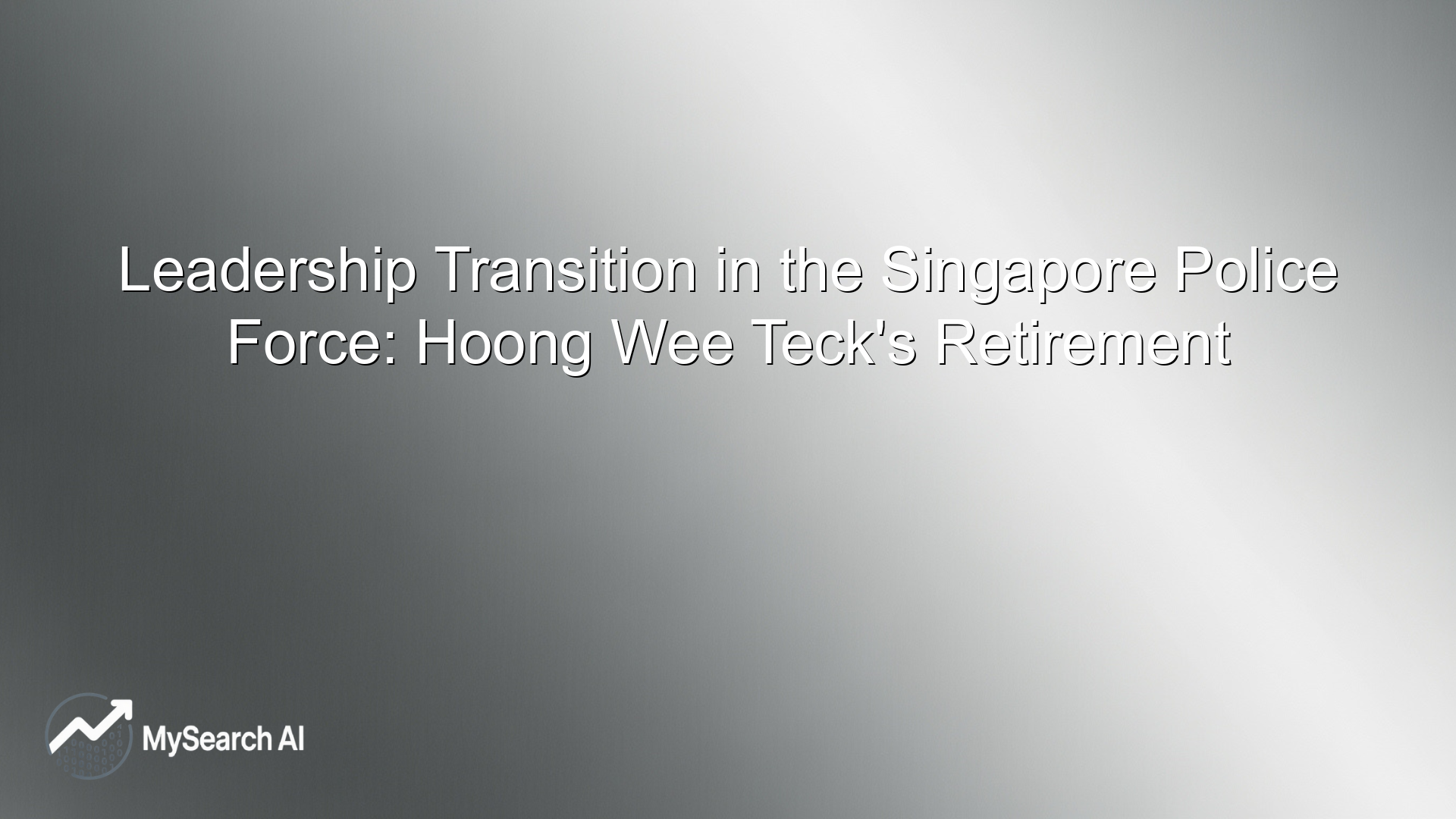Related Articles
Ask anything about stocks
Can Incoming Target CEO Michael Fiddelke Revive the Struggling Brand?
Key Takeaways
- Target faces sales declines and strong competition.
- Michael Fiddelke becomes CEO on Feb 1, 2026.
- Focus on digital, owned brands, and cleaner stores.
- Risks remain, but revival is possible with execution.
Target has been a household name in American retail for decades. Known for its stylish yet affordable products, the brand once stood out as the “go-to” store for millions of families. But in recent years, things have changed. Sales have slowed. Competitors like Walmart and Amazon have taken the lead. Customers are also shopping differently online, on apps, and with new expectations.
Now, a big leadership change is underway. Michael Fiddelke, Target’s long-time insider and former CFO, is stepping in as the new CEO. This move comes at a critical moment. Many of us are asking: Can he bring Target back to its old strength? Can he win over both loyal shoppers and a younger generation that has endless options?
We know the challenges are not small. The retail market is tougher than ever. But new leadership also brings fresh energy and strategy. Let’s find out Fiddelke’s background, his possible plans, and the chances of revival for Target. Together, we’ll look at whether he can guide the brand toward growth again.
Target’s Current Challenges
Target’s sales have been soft. Second-quarter 2025 revenue came in at about $25.2 billion, down slightly from last year. Same-store sales fell 1.9%, even though earnings beat forecasts. Investors focused on the leadership news instead of the beat, and the stock slid.
Margins face pressure from costs and tariff risk. Management kept guidance for a low-single-digit sales decline in fiscal 2025 and GAAP EPS of $8-$10. The company also warned that tariffs could pinch near-term results.
Competition is fierce. Walmart leads on price and scale. Amazon wins on speed and Prime loyalty. Costco pulls value-seeking families. Analysts say Target also needs better product curation and cleaner stores to regain “cheap-chic” appeal.
Who Is Michael Fiddelke?
Michael Fiddelke is a 20-year Target veteran. He served as CFO and, most recently, COO. The board elected him to succeed Brian Cornell as CEO effective Feb. 1, 2026. Cornell will become executive chair.
Target’s corporate profile highlights Fiddelke’s work across finance, merchandising, operations, and HR. The company credits him with scaling stores, supply chain, and digital capabilities.
Markets wanted an outsider. Several reports noted investor disappointment with an internal pick, which contributed to a sharp share drop after the announcement.
Key Strategic Priorities for Fiddelke
First, fix the assortment and rebuild “merch authority.” Analysts want stronger owned brands, a smarter national-brand mix, and better in-store presentation. Fiddelke has signaled focus on product, experience, and tech.
Second, speed up digital. Target’s digital sales grew ~4% in Q2, led by same-day services. That momentum needs to scale further to match leaders.
Third, modernize operations. Management is pushing automation, data, and AI to reduce manual work and improve inventory flow. This includes work already underway in supply chain and store processes.
Fourth, tune loyalty economics. Target revamped Target Circle in 2024 and added Target Circle 360 with unlimited same-day delivery via Shipt. Execution here can boost frequency and basket size.
Finally, reset partnerships with a clear brand lens. The Ulta Beauty at Target shop-in-shop will end in Aug. 2026, so the beauty strategy will evolve. Transition planning is part of the roadmap.
Competition in Retail
Walmart dominates with low prices and everyday essentials. Amazon sets the pace in delivery and selection. Costco draws loyal members with bulk value. Target’s opening lies in style, curation, and a smooth store-plus-digital experience. Analysts argue the chain must clean up stores and sharpen its fashion and home to stand apart again.
Opportunities for Revival
Owned brands are a real edge. Target runs 40+ exclusive labels, with owned brands generating ~$30 billion annually, about one-third of merchandise sales. Flagships like Cat & Jack, Good & Gather, Up & Up, and Threshold each approach multi-billion-dollar sales. These carry higher margins than many national brands.
Loyalty can drive trips. The reworked Target Circle and paid Circle 360 aim to grow membership and same-day use. The plan is to triple paid members over time, using faster delivery and exclusive promos to raise spend.
Store refresh and tech give room for quick wins. Organized aisles, tidy shelves, and quicker restocking can boost sales. Fiddelke is tying this to data-led workflows and simplified routines.
Assortment resets can catch seasonal demand. Early reads flag improvements in key seasons like back-to-school and Halloween when the “fun and value” mix lands right.
Risks & Challenges Ahead
Execution risk is real. If stores do not feel neater and more exciting soon, shoppers may drift to rivals. A leadership change alone does not fix the aisles.
Investor patience is thin. The stock fell after the CEO news, reflecting doubts that an insider will change course fast enough. Guidance also implies a tough year.
Macro and policy add noise. Tariffs and consumer caution can hit demand and margins at the same time that Target is investing in upgrades.
Partnership shifts bring disruption. Target will end the Ulta shop-in-shop in 2026 and must replace it with stronger in-house beauty and new partnerships.
Expert & Market Reactions
Coverage from Reuters, Investopedia, and others shows a split view. Supporters see deep company knowledge and smoother execution under Fiddelke. Skeptics wanted an outsider to force bigger change. The share reaction underscores that pressure.
Analysts say the checklist is clear: win back shoppers with sharper assortments, elevate store standards, and close the digital gap. If progress shows up in comps and traffic, sentiment can flip.
Final Words
Michael Fiddelke inherits a proven platform and a brand that still resonates. He also faces a wary market and tough rivals. The fastest path back runs through owned brands, cleaner stores, and a harder push on same-day convenience. Tariffs and soft demand may slow the climb, but clear execution can change the story. The next 12 months should reveal whether a Target insider can deliver outsider-level change.
Frequently Asked Questions (FAQs)
Why is Target struggling?
Target is struggling because sales have slowed, stores need improvement, and rivals like Walmart and Amazon are stronger. Shoppers also changed habits, spending more online and less in-store.
Who will be the new Target CEO?
On August 20, 2025, Target announced Michael Fiddelke will become the new CEO starting February 1, 2026, after Brian Cornell steps aside to become executive chair.
Who is Michael Fiddelke?
Michael Fiddelke is a longtime Target leader. He worked as CFO and COO, leading finance, operations, and digital growth. On August 20, 2025, he was named Target’s next CEO.
Disclaimer:
This is for informational purposes only and does not constitute financial advice. Always do your research.



